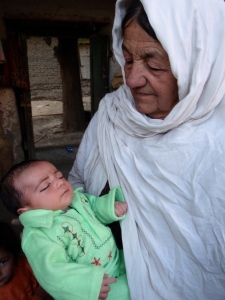The conversation of donor trust has been on mind lately.
Donors are the enablers. They enable our development, our projects, our programs to get off the whiteboard and into reality. Without funding, our programs couldn’t be implemented, much less flourish over generations. Donors are the ‘man behind the curtain’. Without them, we would only be talking, and we’d much rather be DOING.
Yet it’s a huge leap of faith when a donor commits his or her money to an organization that they are not connected to. Hell, its a huge leap of faith to give money to your own brother/sister/uncle/cousin. The donor is saying, “I trust you with my hard-earned money. I believe you will use this money wisely to change lives, empower communities, and make the world a better place.” It is up to us, as an organization, to inspire trust by our words. Develop trust by our actions. Sustain trust by our transparency.
Our founding ethos was to connect communities and cultures within our projects. Creating dialogues and cultural exchanges. In short, making sure we share our project communities with our donor communities. It is difficult when we are operating halfway around the world, in a country surviving nearly 4 decades of conflict, to bring donors into our project communities. Video, photography, and documentation become integral to showing donors how their money is spent and who it is affecting. Art and photography exchanges between US and Afghan classrooms is another connection and one that allows us to connect students specifically.
In addition, collaboration is one of our core values. We work closely with local organizations and communities to create sustainable programs.
Collaboration is key in conflict regions. We seek advice, and often partner with other NGO’s, local organizations, business partners, and the like to make sure we use money effectively and wisely, but also to make sure that our projects can have accountability outside of our organization. Ensuring that more than one perspective has been heard when making decisions, and more than one set of eyes sees our projects.
We are not infallible. Mistakes will be made, but we will own up to mistakes, learn from them, and work to ensure they don’t reoccur. Sweeping our mistakes under a carpet will not help us grow as an organization, or help nurture trust with donors.
This full disclosure relates to the financial documentation as well. Financial disclosure through our 990’s posted online and our financial statements upon request. Board members that can understand the breadth and depth of our projects and overall vision, that can speak openly with donors. Board members that have a say in our long-term strategy and work to provide oversight to ensure we stay on track.
I believe that if we can grow Mountain2Mountain with an internal and external policy of open communication and transparency, we can develop bonds with our donors and projects that will build a sustainable organization to support the women and children of Afghanistan for generations to come.


